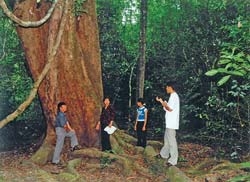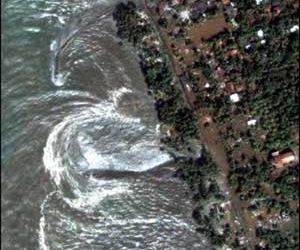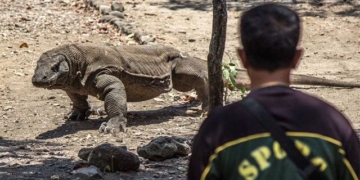Musfur, the deepest sinkhole ever discovered in Qatar, provides experts with insights into geological history.
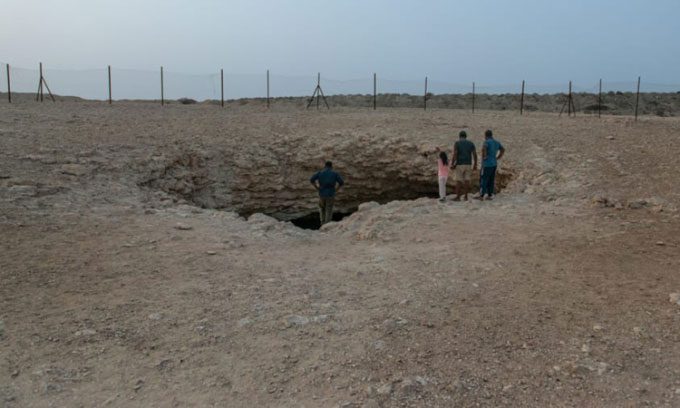
The Musfur sinkhole, 100m deep, provides information about past geology. (Photo: Dimitris Sideridis)
Located less than an hour’s drive west of Doha, near Salwa Road, there is a large chasm in the desert that plunges about 100 meters into the earth. This is Musfur, the massive ancient sinkhole believed to be the deepest sinkhole ever accessible in Qatar.
The mouth of the Musfur sinkhole is surrounded by a protective fence. However, explorers can still descend to the bottom of the hole to investigate. The light from the entrance diminishes as one climbs down, while pleasant breezes blow through the layers of limestone and gypsum. Despite the near absence of vegetation, explorers may spot small birds nesting in the crevices.
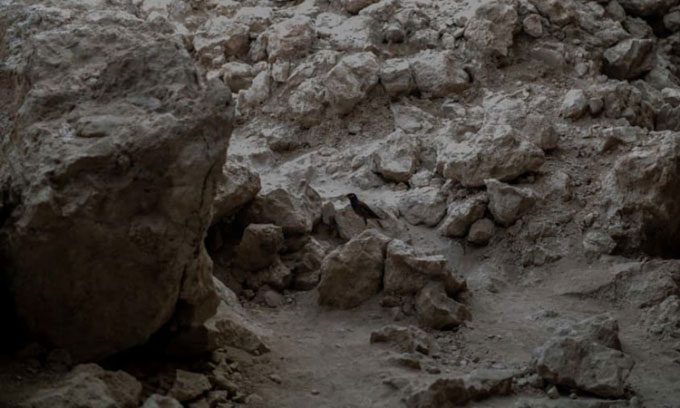
Despite the lack of vegetation, some bird species can be found inside the sinkhole. (Photo: Dimitris Sideridis)
Sinkholes are a typical feature of karst terrain. This unique environment forms due to slightly acidic water acting on soluble bedrock, such as limestone. As water seeps into the rock, it gradually erodes and creates voids. Over time, these voids become filled with sediment. When they grow large enough and the ceiling collapses, a sinkhole appears.
“Most of the karst terrain in central Qatar formed due to the dissolution of carbonate and sulfate sediments beneath the surface due to humid climatic conditions and subsidence during the Pleistocene epoch (325,000 – 560,000 years ago)”, wrote geologists Abdulali M. Sadiq and Sobhi J. Nasir in the journal Cave and Karst Studies.
“If you understand how karst forms, it’s like traveling back in geological time, observing how water moves and creates voids in the bedrock”, shared Aspa D. Chatziefthimiou, a senior ecologist at the Qatar Natural History Organization, with CNN on December 30, 2021. Chatziefthimiou has visited Musfur several times over the past decade. She noted that studying the sinkhole opens a window to the distant past.









































